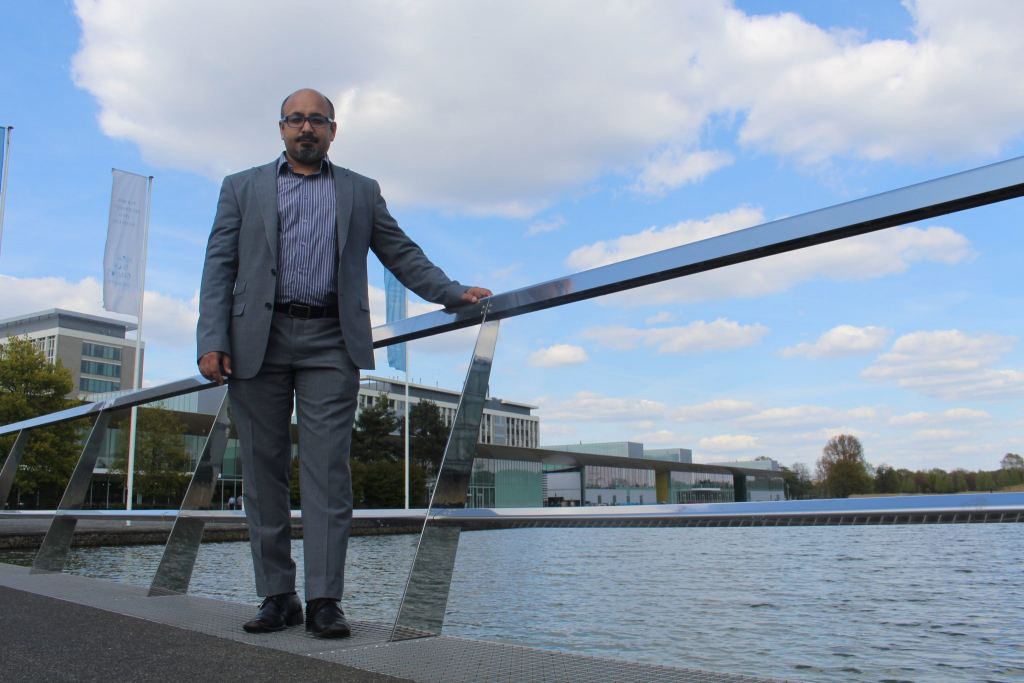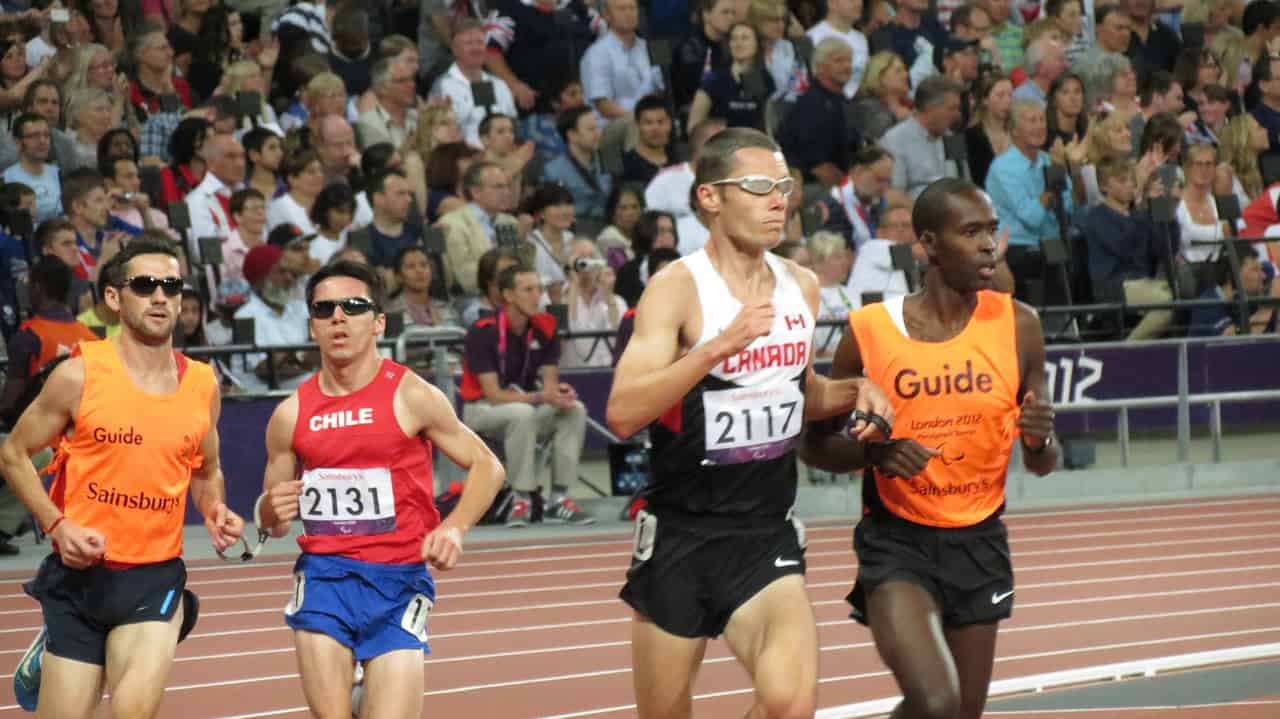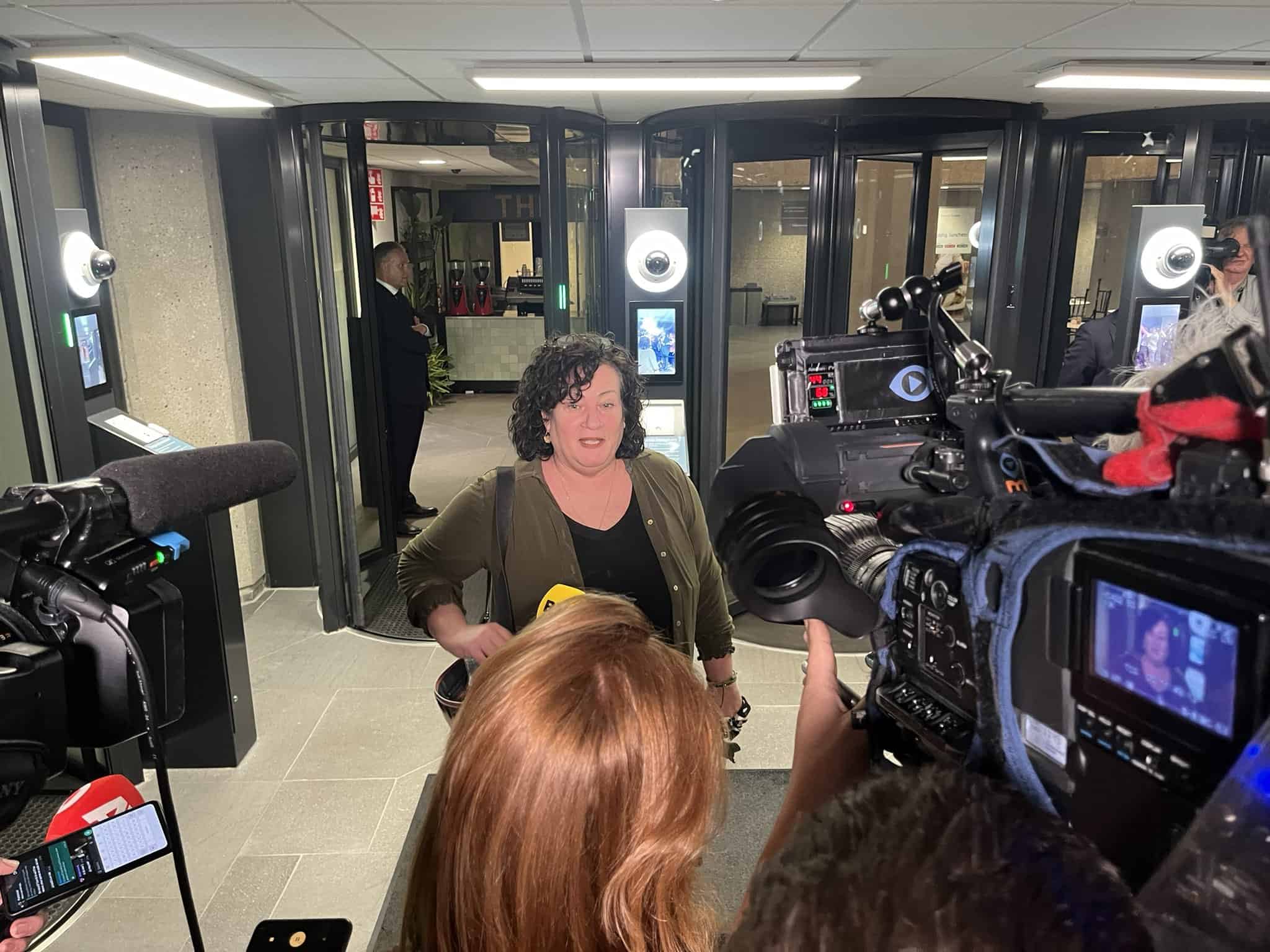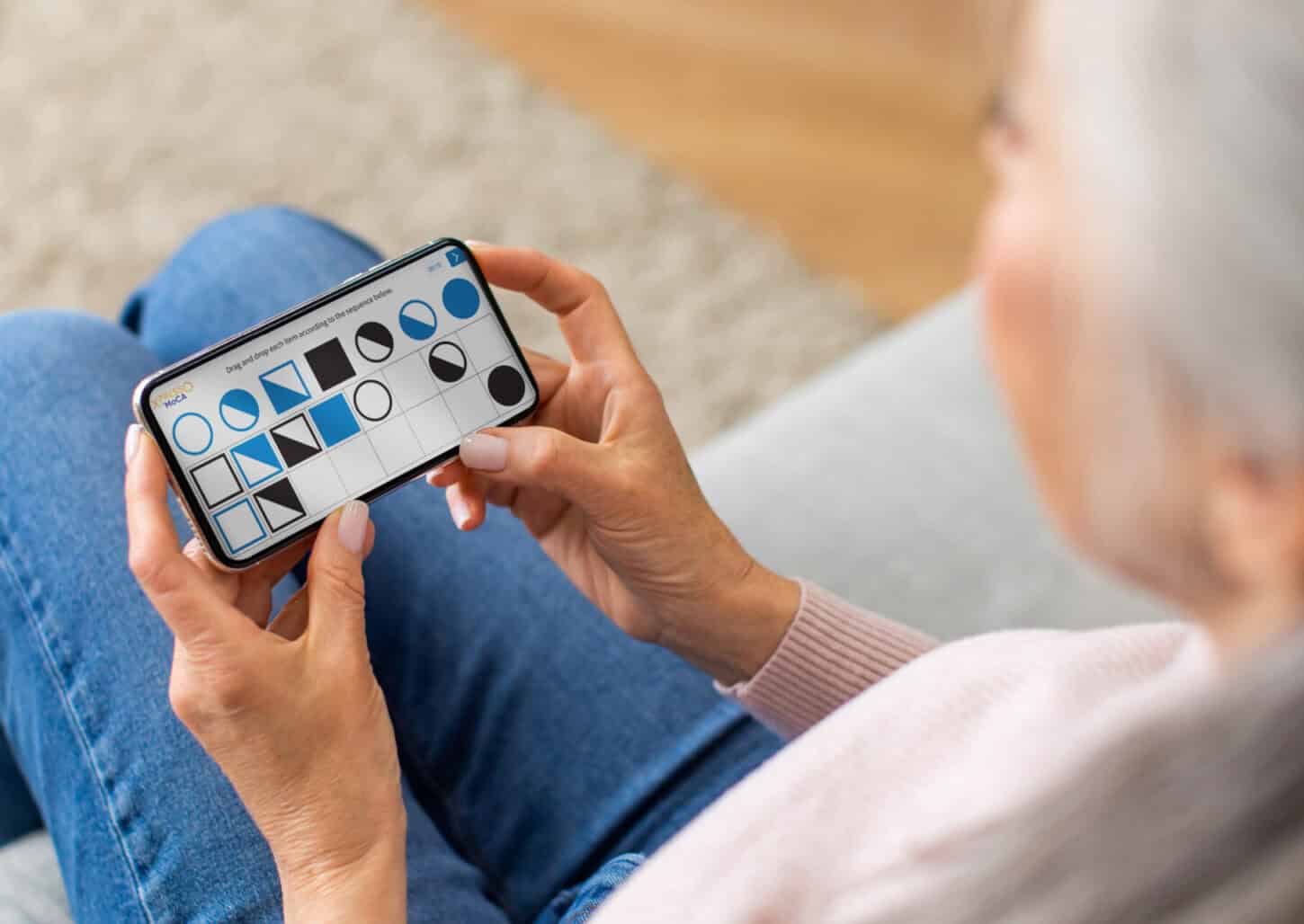
Imagine a group of miners equipped with a camera and packed with sensors to measure the situation deep under the ground. It’s called connected mines. An Australian mining company shows it at the Technology Connects – People First conference during Dutch Technology Week, on May 26. They will speak about the opportunities for the future.
“Of course it’s about more than just miners; technology is there to improve the lives of everyone”, Anubhav Kapoor from Accenture Netherlands explains. Accenture is the organizer of the conference.
 E52 publishes a series of articles in preparation for the Dutch Technology Week (23-29 May). This is the eleventh part. Here the other parts.
E52 publishes a series of articles in preparation for the Dutch Technology Week (23-29 May). This is the eleventh part. Here the other parts.
The conference consists of two parts, the first of which shows solutions. “It is a kind of fashion show, but instead of the latest trends in fashion, the audience will see what’s new in technology. You can think in a broad way, for example about wearables, but also about robotics: how they will be doing our homework for example. Also seen less tangible things will be shown, such as solutions for the Internet of Things. More and more devices are connected to the Internet. This will bring enormous opportunities, but dangers as well. The Internet of Things Academy in Rotterdam shows how they approach this”, Kapoor says.
Unlike a fashion show Kapoor wants to start the conversation: “People can ask each other questions, exchange expertise and share experiences. The intention is that they learn something from each other.”
The second part of the conference consists of round tables and panel discussions, all from the Accenture Technology Vision. On the basis of five different trends that the company identifies participants will gain new insights into the high tech sector, as is the promise of Accenture.
Liquid worker
“One of these trends is the Liquid Worker. It used to be that companies lost knowledge as experts in certain areas were to retire, or switched to a competitor. Now you want to keep that knowledge within the company. This can be done digitally, through wearable technology, for example something like Google Glass. The Glass allows new employees to see how the process works, step by step. If there’s something they don’t understand, they can ask help from an expert who will guide them through the process. The important thing is that companies no longer depend on individuals. This may sound futuristic, but it is already used in many companies.”

Another important component of the liquid worker, according to Kapoor, is in the flexibility of an organization: companies must be able to adapt to all the innovation with new skills. This calls for adaptability and willingness to learn. Especially large companies have difficulty in respect to this, he thinks. “So this has to change.”
“Outside Europe, organizations are much more likely to embrace major technological changes, we are still lagging behind. By making companies aware of this, we hope that they will make the change.”
Opportunities
The opportunities can be found in the automating processes, Kapoor thinks. “Back to the example of the miners. They are not only monitored by sensors, but also the dangerous parts of their work is taken care of by machines. It’s not that these machines do everything automatically, they still have people as a supervisor. But this way, people do things they wouldn’t be able to perform without equipment.”
Kapoor also refers to the accuracy of machines: putting in a car together with human hands takes longer, is less efficient, and the chance of errors is larger. “As soon as you automate this process, you can always follow the results in a better way. It is not that people are redundant, they still have to monitor the process and because this is becoming more visible, they also see what could be done better. Man and machine complement each other perfectly. That’s what we want to make people aware of, the conference is a great platform to spread this message.”
The video below shows the other trends that Accenture has signaled.
Registration for the congress here.









